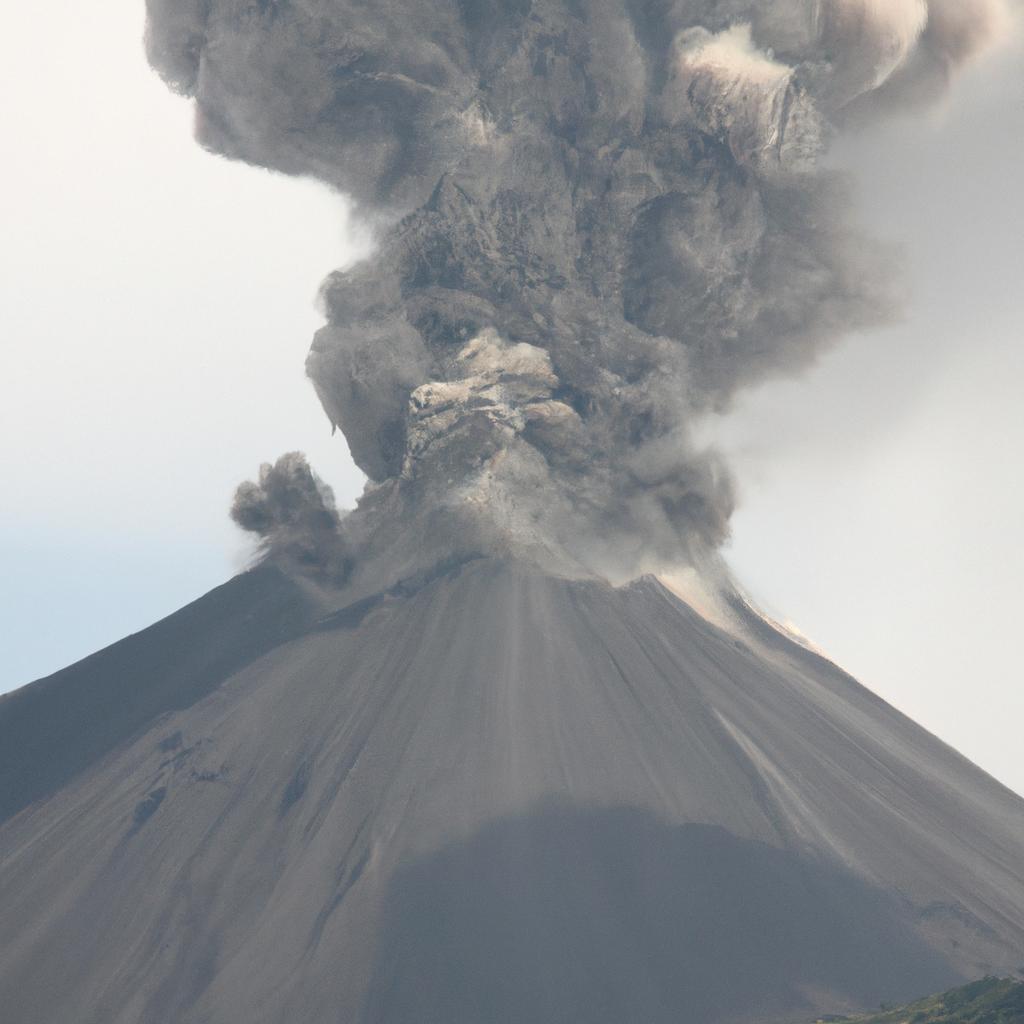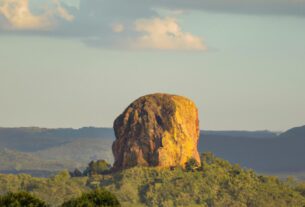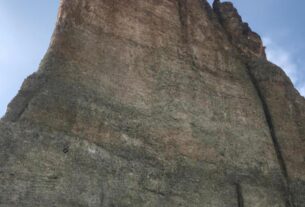Discover the incredible geological formations that make up Giant’s Causeway in Northern Ireland. Explore how was giant’s causeway formed and its significance.
Have you ever wondered about the story behind Giant’s Causeway, one of Northern Ireland’s most treasured natural wonders? This incredible landmark boasts a unique and intricate geological formation that has been the subject of many myths and legends throughout history. But how was Giant’s Causeway formed, and why is it so important to understand its geological origins?
Giant’s Causeway is a natural wonder located on the coast of Northern Ireland, consisting of thousands of interlocking basalt columns formed by volcanic activity millions of years ago. The columns are hexagonal and range in size from a few inches to several feet in diameter, creating a breathtaking and otherworldly landscape that has inspired artists, scientists, and tourists alike.
Understanding the geological formation of Giant’s Causeway is essential to appreciating its significance and protecting it for future generations. By exploring the process behind the formation of this unique landscape, we can gain a deeper appreciation for the natural forces that shape our world and the incredible beauty that they can create.
Formation of Giant’s Causeway
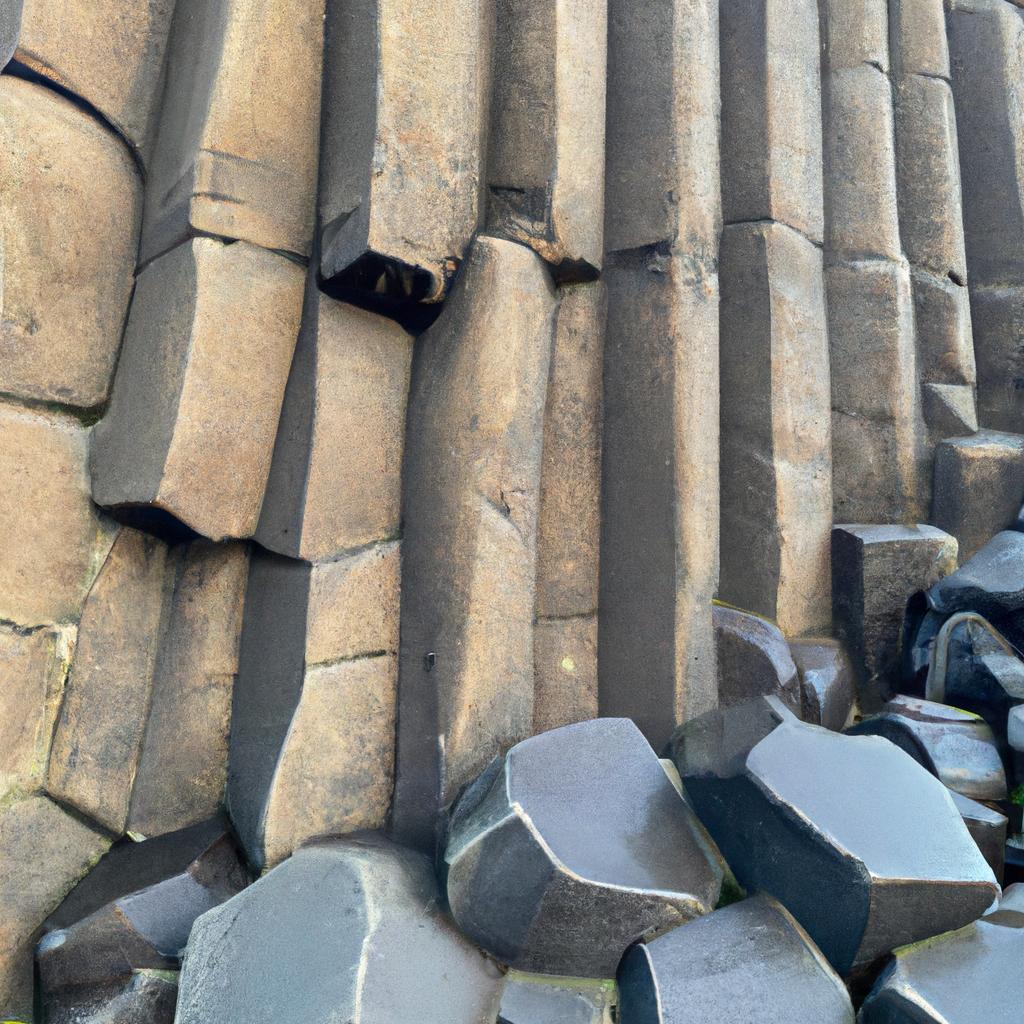
The formation of Giant’s Causeway began millions of years ago with a volcanic eruption that spewed molten lava across the region. Over time, the lava cooled and solidified, creating a vast plateau of basalt rock that covered the surrounding landscape. As the lava cooled, it contracted and fractured, forming the distinctive hexagonal columns that characterize the Causeway.
A. The Volcanic Eruption that Created the Causeway
The volcanic eruption that created Giant’s Causeway occurred around 50-60 million years ago, during a period of intense geological activity in the region. The eruption was caused by the movement of tectonic plates beneath the earth’s surface, which forced molten lava to the surface, where it cooled and solidified.
B. Cooling of Lava and Formation of Basalt Columns
As the lava cooled, it contracted and fractured, forming the distinctive hexagonal columns that characterize Giant’s Causeway. These columns are a result of the unique physical properties of basalt rock, which tends to fracture along regular, geometric lines when exposed to heat and pressure.
C. Characteristics of the Basalt Columns
The basalt columns that make up Giant’s Causeway are not only beautiful to behold, but also provide valuable insights into the geological history of the region. The columns vary in size and shape, ranging from small, irregular shapes to perfectly formed hexagons that fit together like puzzle pieces. The vertical columns are mostly hexagonal, but some are pentagonal, while the horizontal columns are mostly rectangular. The columns also vary in height, with some reaching up to 12 meters in height, creating a truly awe-inspiring landscape.
Tectonic Plate Movement
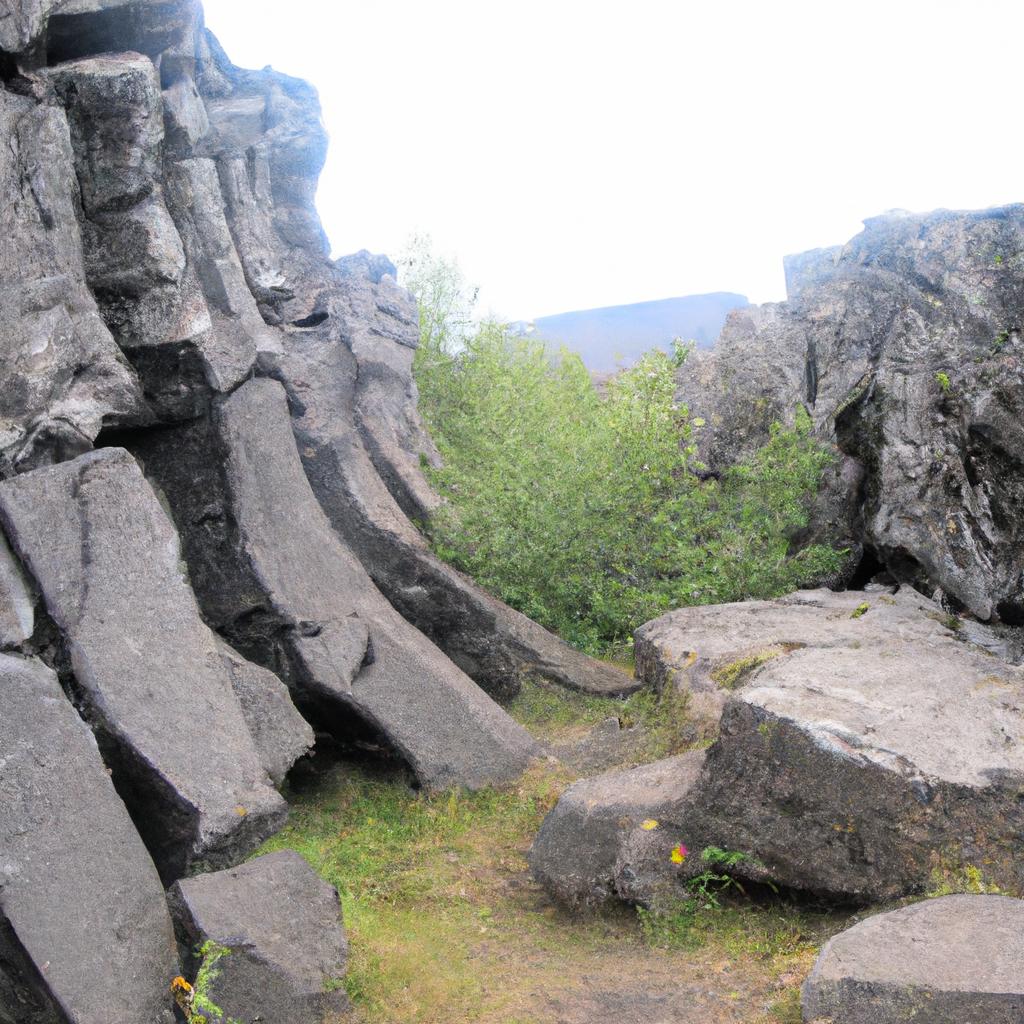
Explanation of Plate Tectonics
Plate tectonics is the scientific theory that explains how the Earth’s lithosphere, or outer shell, is divided into several large plates that move and interact with each other. These plates are in constant motion, driven by the flow of molten rock in the Earth’s mantle. The movement of these plates can cause earthquakes, volcanic eruptions, and the formation of new land masses.
The role of Plate Tectonics in the formation of Giant’s Causeway
The formation of Giant’s Causeway is closely linked to the movement of tectonic plates. Millions of years ago, the collision of the North American and Eurasian plates created a massive rift in the Earth’s crust that allowed molten rock to rise to the surface. This molten rock then cooled and solidified, forming the basalt columns that make up Giant’s Causeway.
The movement of the tectonic plates also contributes to the unique characteristics of the basalt columns. The hexagonal shape of the columns is a result of the cooling process, which causes the molten rock to contract and crack in a hexagonal pattern. The size and shape of the columns also vary based on the direction and speed of the plate movement.
The collision of the North American and Eurasian plates
The collision of the North American and Eurasian plates is an ongoing process that continues to shape the landscape of Northern Ireland. The forces created by this collision have caused the uplift of the land, creating the cliffs and valleys that surround Giant’s Causeway. The movement of the plates also contributes to the ongoing erosion of the coastline, which is constantly reshaping the shape and size of the basalt columns.
Understanding the role of tectonic plate movement in the formation of Giant’s Causeway is crucial to appreciating the unique natural wonder and the forces that shape our world. By studying the geological processes behind this incredible landmark, we can gain a deeper understanding of our planet and the incredible power of nature.
Climate Changes and Erosion
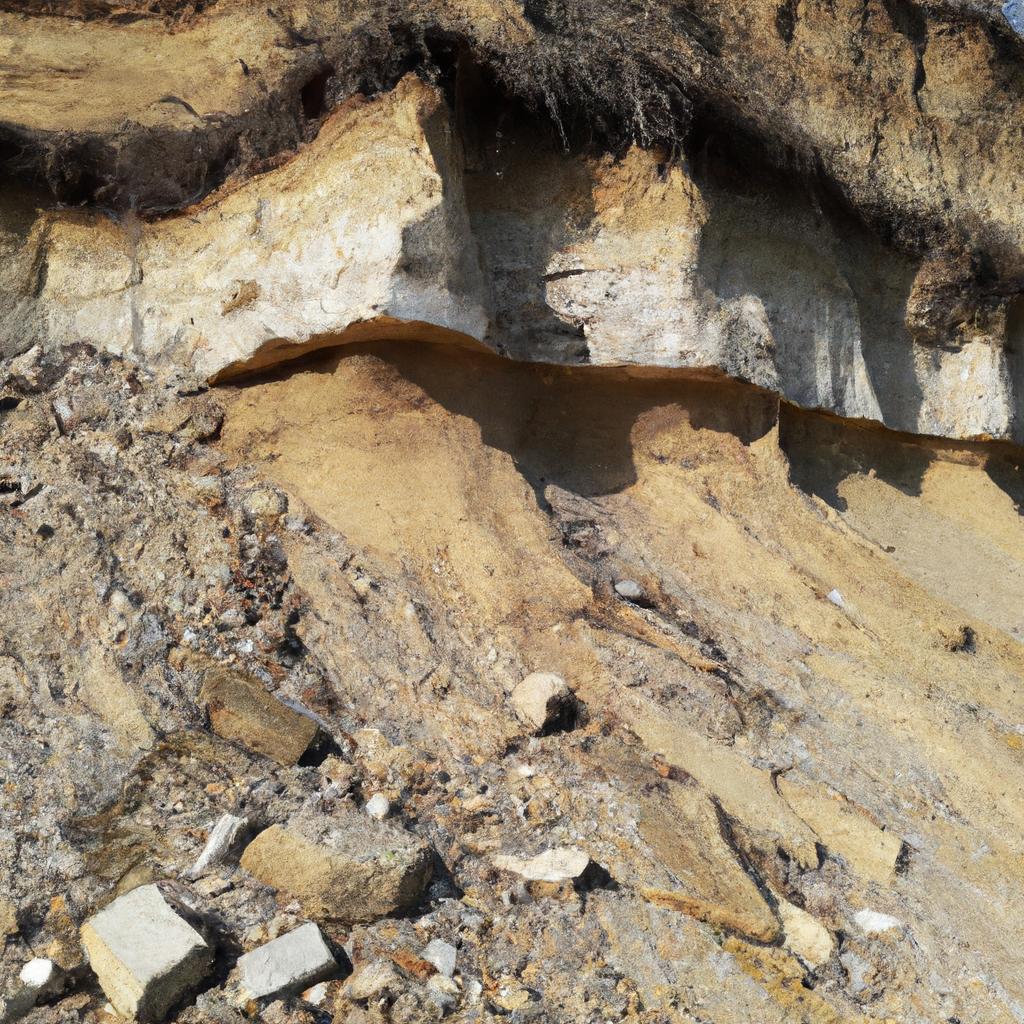
Explanation of Climate Changes and Erosion
Climate change has been a topic of increasing concern in recent years, and its effects can be seen in a variety of natural landscapes, including Giant’s Causeway. Climate change refers to the long-term changes in temperature, precipitation, and other atmospheric conditions that can occur as a result of human activity and other factors. Erosion is the process by which land is worn away by natural forces such as wind, water, and ice.
The Effect of Climate Changes and Erosion on Giant’s Causeway
The unique geological formation of Giant’s Causeway is vulnerable to the effects of climate change and erosion. The rising sea levels, increased rainfall, and more frequent storms associated with climate change can all contribute to erosion and damage to the basalt columns that make up the Causeway. The constant battering of waves against the rocks can also cause erosion and lead to the collapse of some of the columns.
The Significance of these Phenomena in Shaping the Landscape of Giant’s Causeway
Despite the potential threats posed by climate change and erosion, these phenomena have played a crucial role in shaping the landscape of Giant’s Causeway. The constant weathering and erosion of the basalt columns have created a unique and intricate pattern that is both beautiful and awe-inspiring. The changing weather patterns associated with climate change also add to the dynamic nature of the landscape, providing visitors with a constantly evolving spectacle.
It is essential to recognize the potential impact of climate change and erosion on Giant’s Causeway and take steps to protect this natural wonder for future generations. By understanding the forces that have shaped this incredible landscape, we can appreciate its significance and work to preserve it for years to come.
Mythology and Legends of Giant’s Causeway
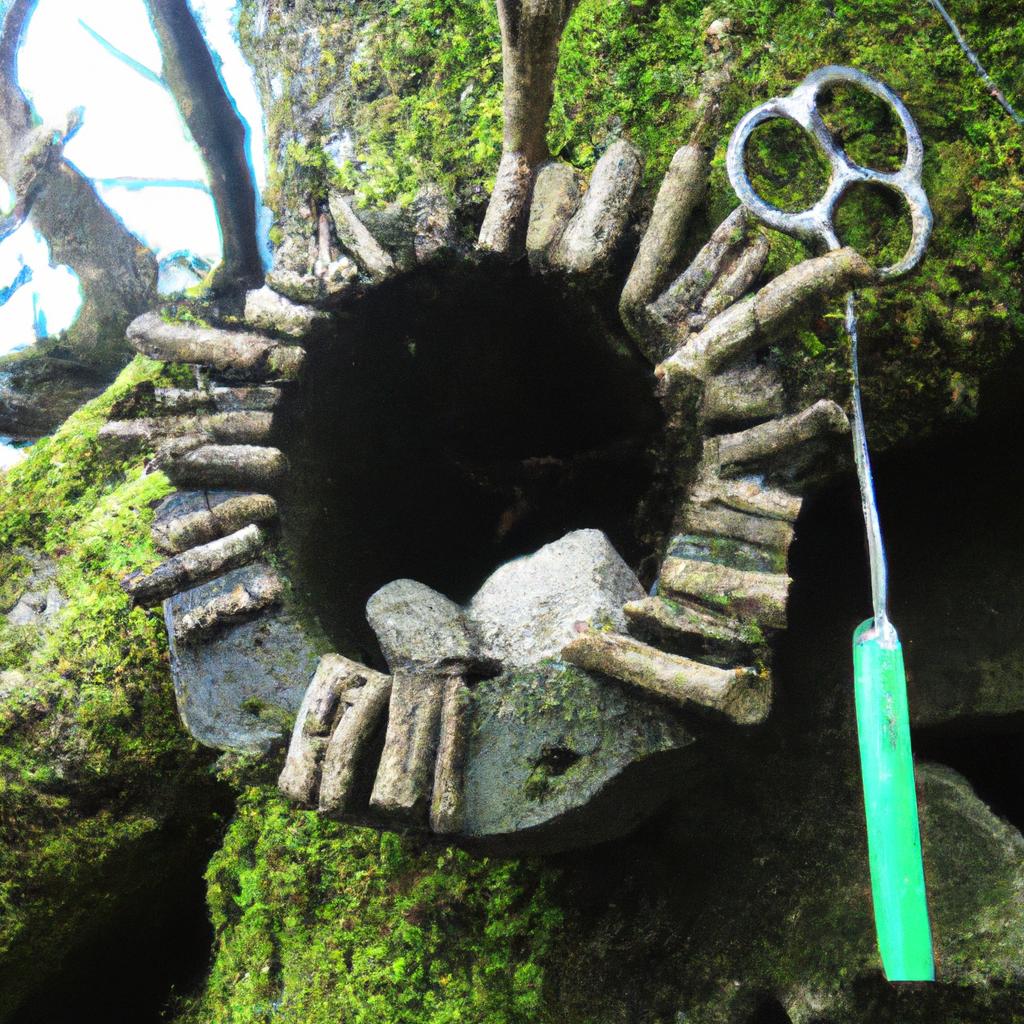
Giant’s Causeway has been the subject of many myths and legends throughout history, adding to its allure and mystique. These stories have been passed down through generations and are an essential part of Irish folklore and culture.
Overview of the Origin of the Legends and Myths Surrounding Giant’s Causeway
One of the most famous legends surrounding Giant’s Causeway is that of the giant Finn McCool, who is said to have built the Causeway as a path to Scotland to fight his Scottish rival. According to the legend, Finn gets into a fight with the Scottish giant Benandonner and builds the Causeway in a fit of rage to reach Scotland. Upon arriving, he realizes that Benandonner is much larger than he expected and retreats back to Ireland, destroying the Causeway as he goes to prevent Benandonner from following him.
Another legend tells the story of how the Causeway was formed by the giant Fionn mac Cumhaill, who was said to have scooped up a handful of earth and thrown it into the sea, creating the Causeway.
Significance of the Myths and Legends in Irish Folklore and Culture
These tales have been an integral part of Irish folklore and culture for centuries, passed down through storytelling and steeped in the nation’s rich history. They provide a sense of identity and connection to the land, helping to preserve the traditions and customs of generations past.
Impact of These Stories on the Tourism Industry of the Area
The myths and legends surrounding Giant’s Causeway have also had a significant impact on the tourism industry of the area, attracting visitors from all over the world who come to experience the magic and mystery of this unique landscape. The stories have become an essential part of the visitor experience, adding to the wonder and awe that visitors feel when they witness the beauty of Giant’s Causeway.
Conclusion
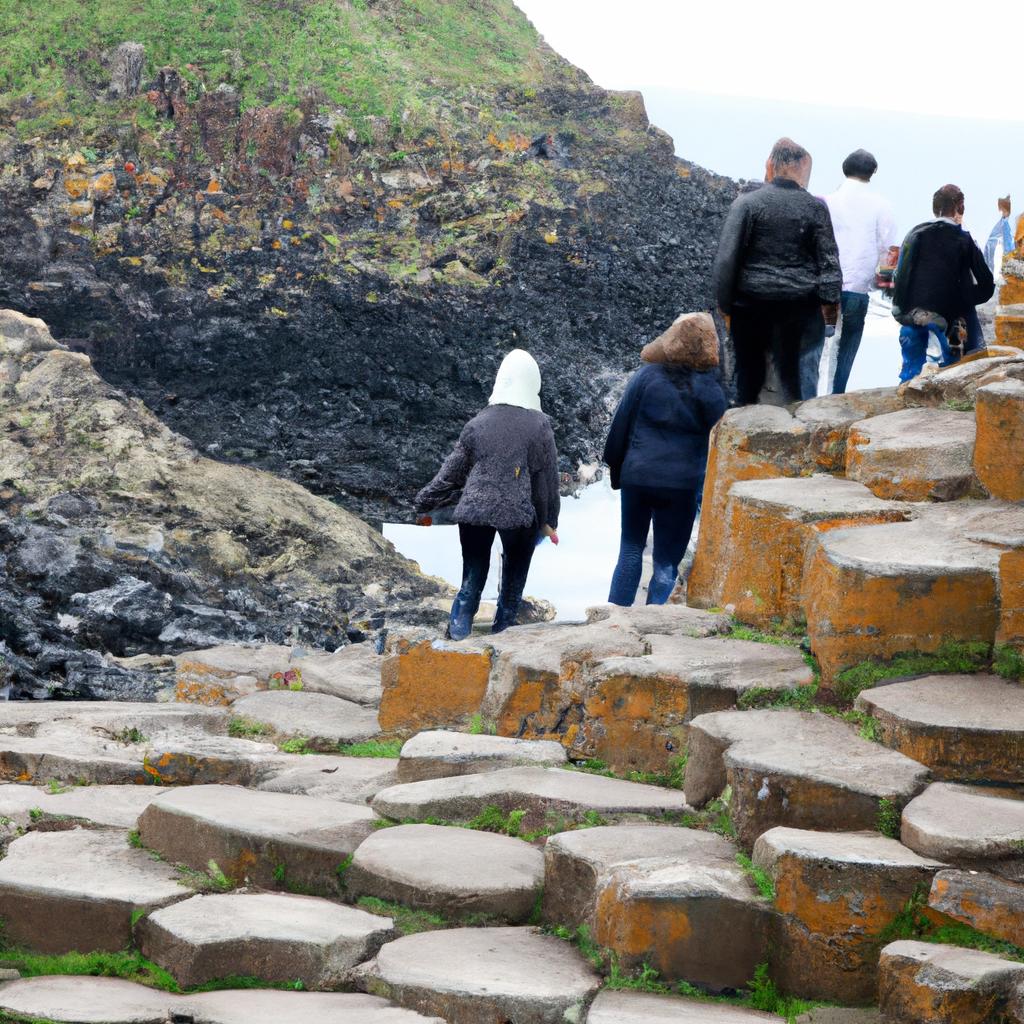
In conclusion, understanding the geological formation of Giant’s Causeway is crucial to appreciating its significance and protecting it for future generations. This natural wonder is not only a breathtaking sight to behold, but it also offers valuable insights into the geological forces that shape our world.
Through the combination of volcanic activity, tectonic plate movement, and erosion, Giant’s Causeway provides a window into the complex and dynamic processes that have shaped our planet over millions of years. The myths and legends surrounding this site also offer a fascinating glimpse into the cultural and historical significance of this natural wonder.
As we continue to explore and appreciate the beauty of Giant’s Causeway, it is important to remember the importance of responsible tourism and conservation efforts. By working together to protect this unique landscape, we can ensure that it remains a source of wonder and inspiration for generations to come.
Thank you for joining me on this journey to discover the secrets of Giant’s Causeway. As always, TooLacks is committed to bringing you the latest news and insights into the world of nature, gardening, animals, and more. So stay tuned for more exciting content from our team of experts!
